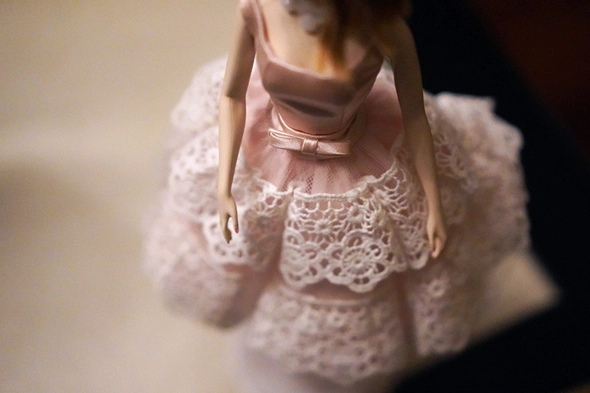Introducing Kids to Financial Planning
If there’s one area of life skills that’s doesn’t get the attention it deserves its financial literacy. I don’t know about you, but I had not 1 hour in my entire education that was focussed on financial literacy, and the basic knowledge I did get came from my parents and later on in life, YouTube and my current financial planner.
This is quite shocking because understanding money, including how to save, budget, spend, and grow it, is essential for children to thrive as independent and responsible adults. By starting early, we can ensure kids develop healthy financial habits that stay with them for life.
Why Financial Literacy Matters for Kids
Teaching kids about money equips them with practical skills that will benefit them throughout their lives. Early exposure to financial concepts helps children understand the value of money and the effort it takes to earn it. These lessons are very important in teaching them responsibility and independence.
Imagine a child learning to save for a toy. They quickly realize the trade-off between saving and spending, paving the way for making informed decisions about bigger goals in the future. Financial literacy lays the groundwork for managing budgets, avoiding debt, and even investing as they grow older.
Practical Ways to Introduce Financial Concepts
For parents and educators, teaching kids about money can understandably feel almost impossible, but it’s a lot simpler than it appears. Here’s how you can get started based on the child’s age and understanding.
1. Start with the Basics
Younger kids can start grasping financial concepts through everyday activities. For instance, while shopping, you can show and explain how money is exchanged for goods and services. A piggy bank can also be a great tool to show the value of saving over time.
Encourage children to save coins they receive and celebrate when they reach a goal. It’s a simple, interactive way to build awareness about managing money.
2. Teach Budgeting
School-aged children are ready for more structured lessons, like budgeting methods. Offer them an allowance or pocket money as we called it, and introduce the concept of dividing it into categories, for saving, spending, and even sharing or donating.
Visual tools, like budget charts or kid-friendly financial apps, can make the process engaging, but importantly fun. Games that simulate real-life situations, such as saving for a goal or making thoughtful spending decisions, can further enrich their learning experience.
3. Discuss Long-Term Goals
Older kids and teenagers can begin exploring more advanced concepts, such as saving for significant milestones like college, their first vehicle, or future gadgets. You can explain how interest works, using simple examples to show how savings can grow over time. If they have opened an bank account you can encourage them to look at the interest rates and choose the best rate.
Introducing the idea of long-term planning not only instils patience in kids but also gets them thinking about the future in practical terms.
The Role of Parents and Educators
Parents and teachers are critical in shaping a child’s understanding of money, so let’s look their roles.
Parents’ Role
Parents can lead by example. Discussing your own budgeting or saving practices openly can help children see how financial planning works in real life. Use everyday moments, like food shopping or paying bills, as opportunities to explain financial decisions.
Providing children with age-appropriate resources, like financial literacy books or websites, further reinforces these teachings at home.
Educators’ Role
Teachers can integrate simple financial lessons into classroom activities. For instance, younger students might learn to identify coins and count money, while older students can role-play scenarios like setting up a budget or pooling resources for a project.
Interactive, hands-on activities are particularly effective in helping kids understand and retain financial concepts.
When to Get Expert Help
For older teens and families, it’s beneficial to consult professionals for more complex financial topics, such as investment or loan planning. Knowing when to seek expert advice is, in itself, a valuable lesson about managing finances. Exploring resources or having a discussion with a financial adviser can better prepare families for sound future planning.
Introducing kids to financial planning is one of the best investments you can make in their future. By starting simple and building on their knowledge over time, parents and educators can give children skills that empower them for a lifetime.









